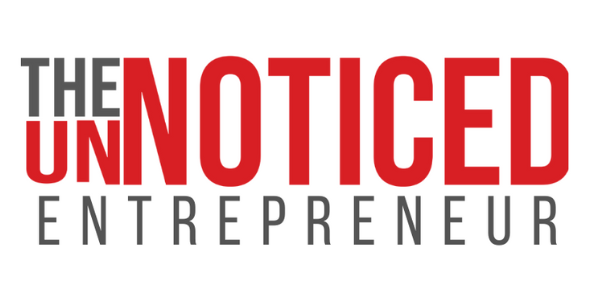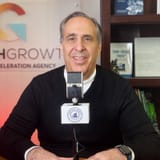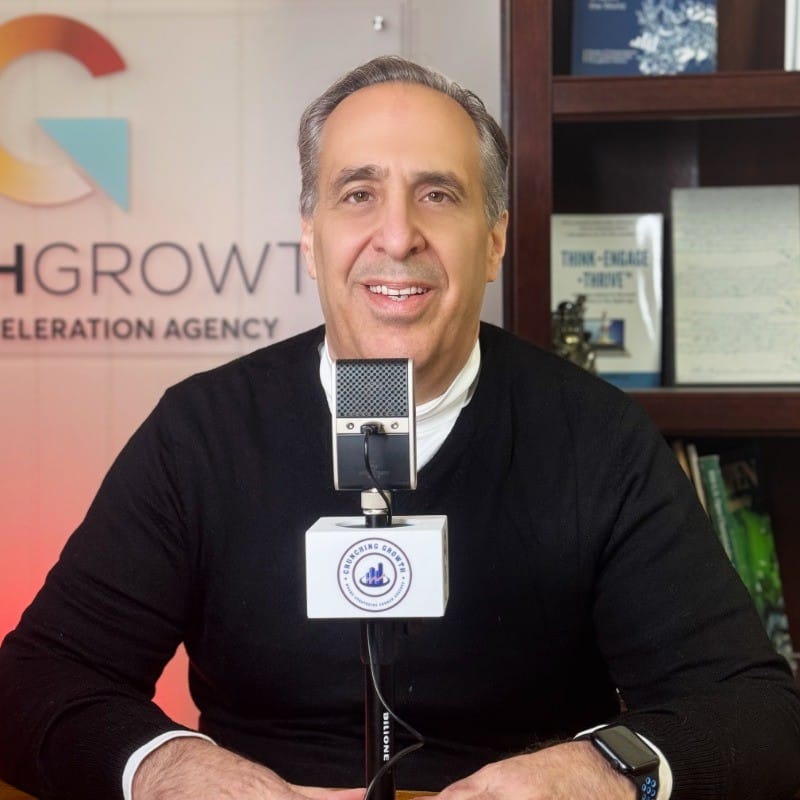The Art of Product-Market Fit: Lessons from Building Lifestyle Brands
The real magic happens when your product meets a clearly defined need in the market, at the right time, with the right message.
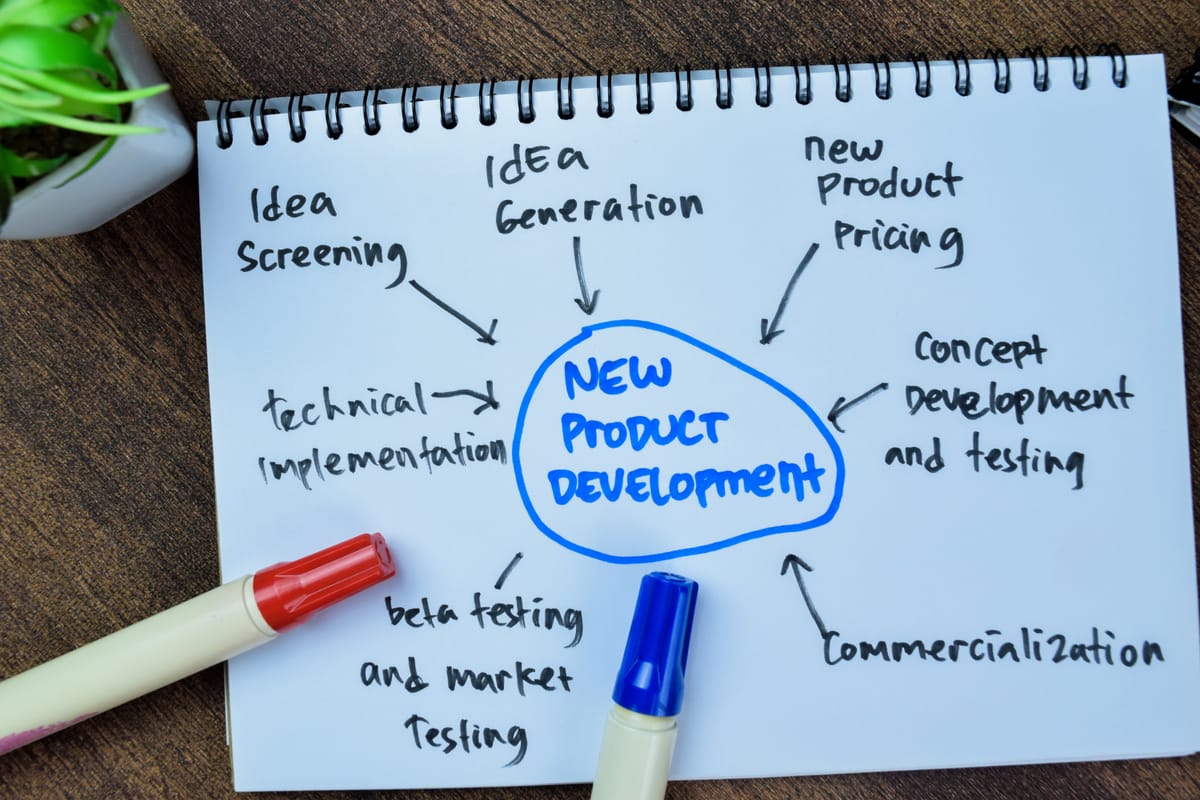
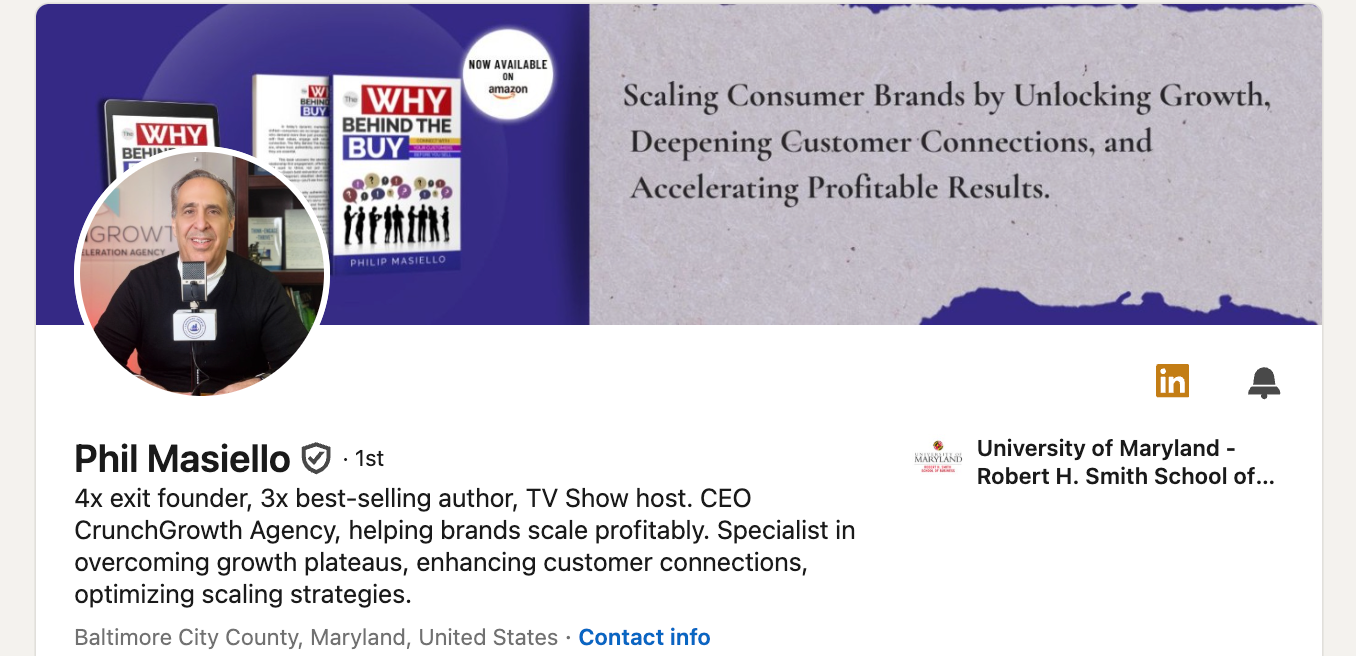
In today's hyper-competitive, fast-moving consumer landscape, having a great idea is just the beginning. The real magic happens when your product meets a clearly defined need in the market, at the right time, with the right message. That moment is called product-market fit, and achieving it can be the difference between building a brand that thrives and one that stalls out.
Throughout my career building lifestyle brands, from quick-meal convenience in urban hubs to pioneering raw skincare, to fair-priced razors and beyond, I've seen firsthand how crucial product-market fit is. Not only have I built and scaled brands as a founder, but today, through CrunchGrowth Revenue Acceleration Agency, my team and I help emerging and scaling companies do the same.
This article is a deep dive into the art of product-market fit, with actionable insights and examples from my journey building successful lifestyle brands. If you're building a product and wondering why it's not sticking, or you're just getting started, this is for you.
What Is Product-Market Fit, Really?
Coined by entrepreneur and investor Marc Andreessen, product-market fit means "being in a good market with a product that can satisfy that market." But that definition, while accurate, doesn't capture the nuance or complexity.
In reality, product-market fit is not a one-time event. It's an evolving process that involves:
- Deep customer understanding
- Clear product differentiation
- Timing the market correctly
- Creating a message that resonates
- Iterating based on real-world feedback
When these ingredients come together, traction happens: people start buying, returning, and telling others.
Let's explore how I've navigated this through the brands I've built — and the lessons they hold for founders today.
1. The Daily Market: Serving a Time-Starved Urban Consumer
The concept: Quick, healthy, prepared meals for busy commuters in urban environments.
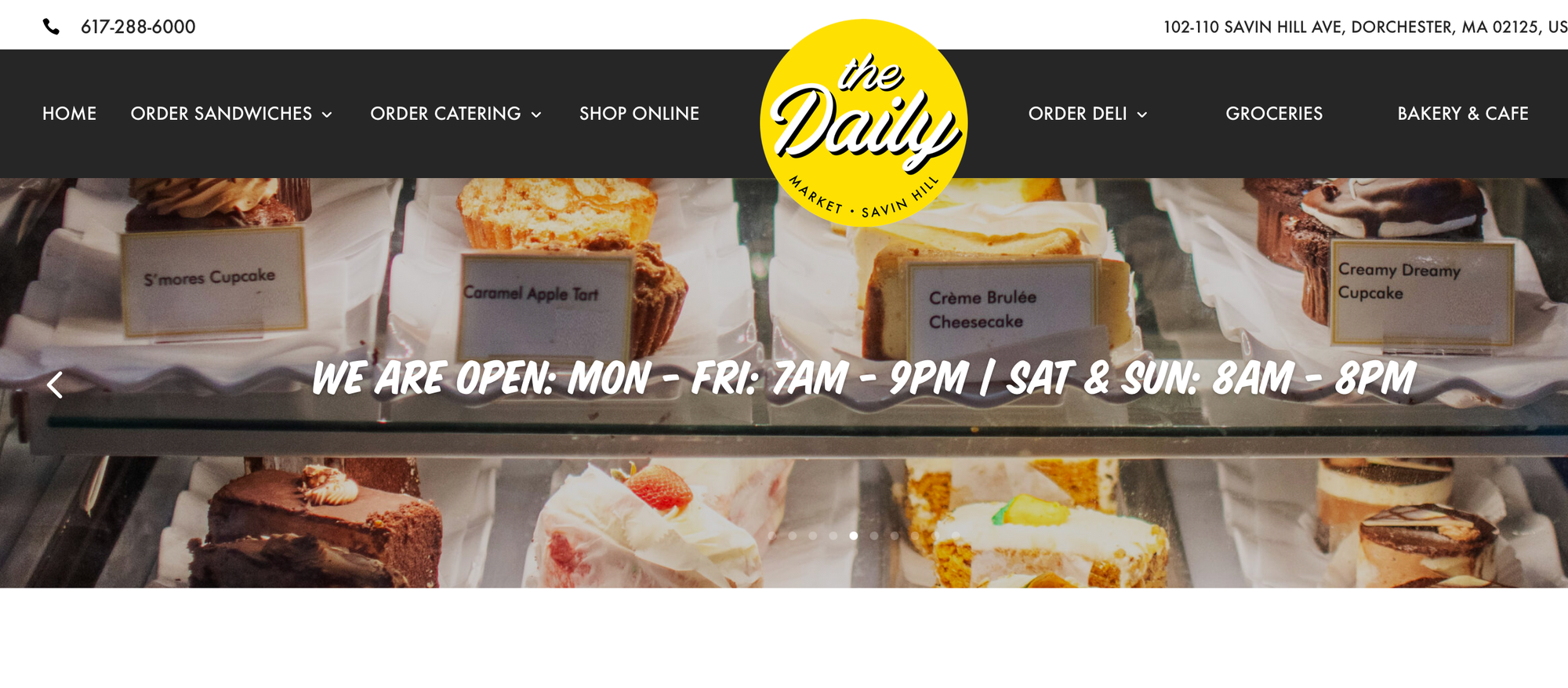
The insight: When I launched The Daily Market, I noticed a pattern — people in cities were skipping meals or grabbing unhealthy options because they didn't have time. There were convenience stores, but none focused on fresh, high-quality prepared meals with an upscale, healthy flair.
The product-market fit strategy:
- Customer empathy: We studied consumer routines — subway riders, city workers, fitness-minded professionals — and tailored our offerings for speed and simplicity.
- Strategic locations: Storefronts were placed at commuter pinch-points.
- Menu innovation: Meals were developed for grab-and-go, optimized for freshness, and rotated often based on feedback.
The result: Rapid adoption, strong lunchtime repeat business, and word-of-mouth growth. People felt like we were solving a real problem for them, and that's the essence of fit.
2. Raw Essentials: First-to-Market in the Raw Beauty Movement
The concept: A skincare line made with raw, unprocessed ingredients, co-founded with Carol Alt.
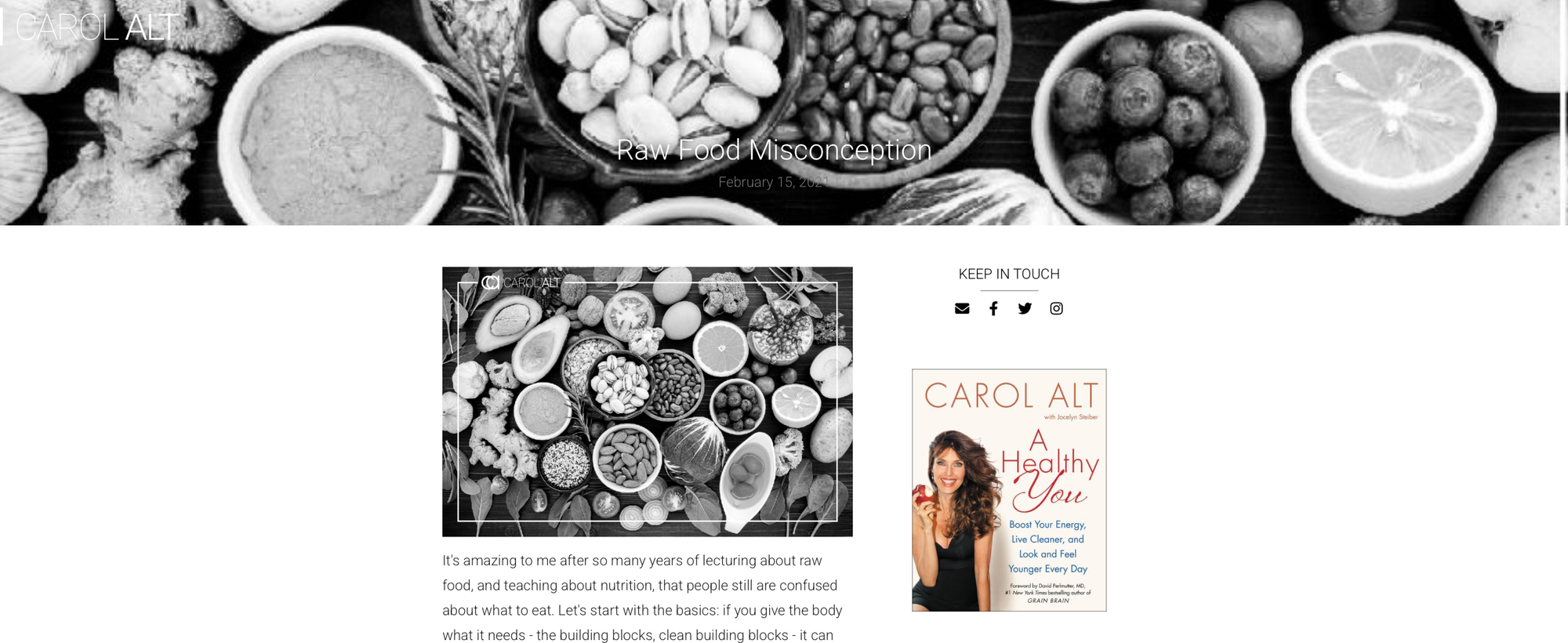
The insight: In the mid-2000s, the wellness world was exploding, but beauty hadn't caught up. Consumers were drinking green juices and doing yoga, yet still using products filled with chemicals and synthetics. We asked: What if beauty matched the raw food movement?
The product-market fit strategy:
- Cultural timing: We caught the early wave of the clean beauty movement, before it became mainstream.
- Clear differentiation: "Raw" became our brand identity — not just natural, but truly unprocessed. No heating, no stripping nutrients.
- Educational marketing: We leaned into storytelling to help customers understand why raw ingredients mattered. This created trust and loyalty.
The result: Raw Essentials became a cult favorite, appealing to health-conscious women looking for authenticity and transparency in skincare. We weren't just selling creams — we were selling a lifestyle shift.
3. 800razors: Solving the "Pink Tax" and the Price Problem
The concept: High-quality, affordable razors for both men and women, without gender-based pricing.
The insight: At the time, razor companies were charging more for women's products, often for nothing more than pink packaging. Subscription razor services were emerging, but they still leaned heavily male. We saw a clear gap.
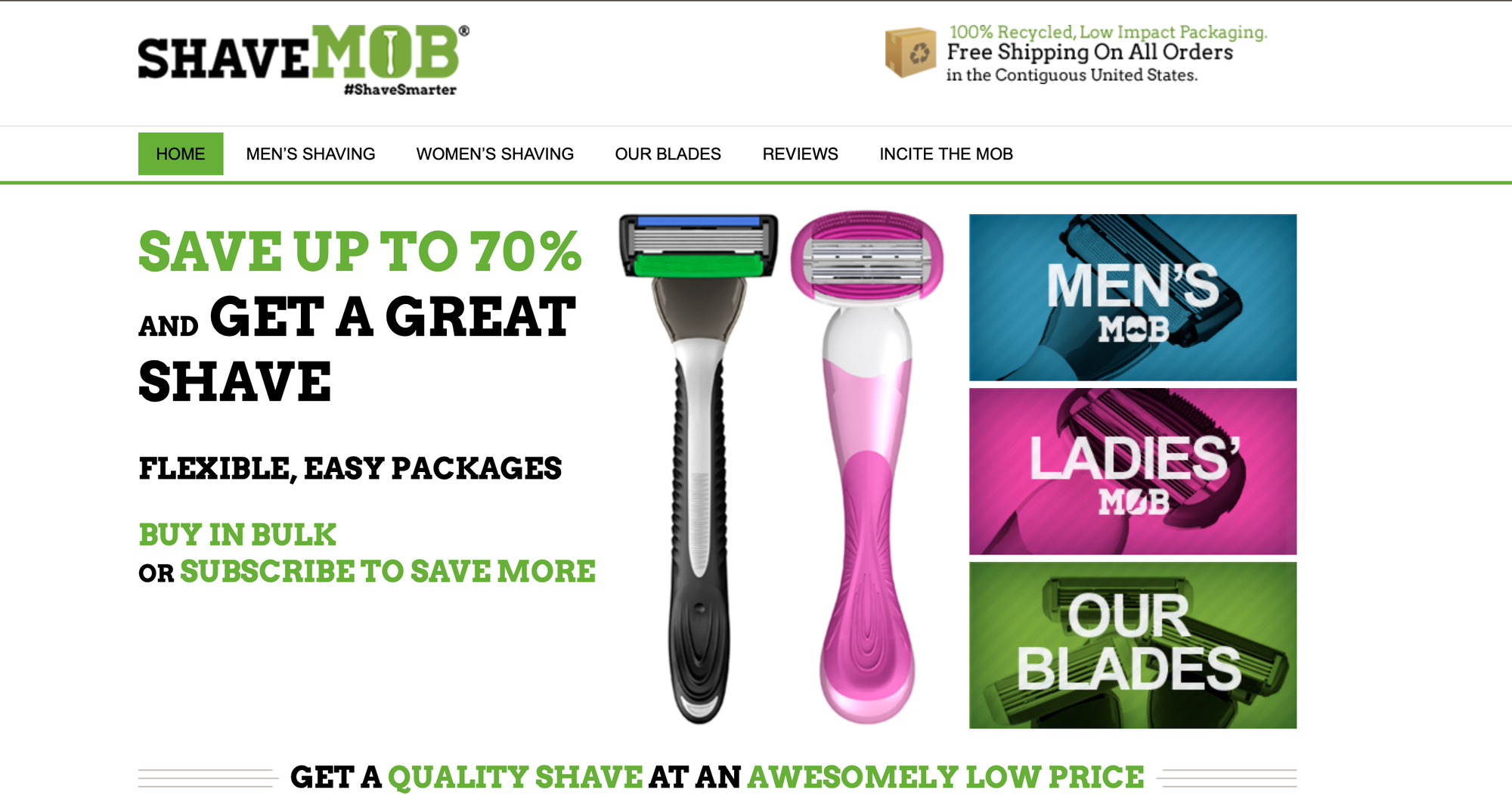
The product-market fit strategy:
- Addressing pain points: We attacked the price gouging head-on, making fairness and affordability our rallying cry.
- One SKU fits all: No separate pricing for men and women — just one price, for everyone.
- Aggressive PR & branding: We used earned media to start conversations about the pink tax and built brand awareness quickly with compelling stories.
The result: We broke through the noise, drove significant direct-to-consumer sales, and carved out a niche as the anti-big-brand razor company. Our message — and our timing — hit a cultural nerve.
Footnote: In 2016 800Razors was acquired by ShaveMob.
4. CrunchGrowth: Helping Brands Find Product-Market Fit at Scale
The concept: A revenue acceleration agency helping DTC and consumer brands grow through marketing, advertising, and strategic advising.
The insight: After building multiple brands, I realized many startups fail not because of a bad product, but because they never find a fit. They build in a vacuum, over-engineer, over-SKU, or rely too heavily on "launch hype" without understanding actual demand.
At CrunchGrowth, we guide brands through this maze. Our work is grounded in data, but shaped by human behavior and creative marketing.
Our product-market fit playbook includes:
- Customer discovery: We work with clients to understand who their real buyer is — often, it's different from who they think it is.
- Message testing: We use paid media to test angles and messaging early, before overcommitting to one narrative.
- SKU rationalization: Sometimes brands have too many options, which dilutes conversions. We've helped companies grow faster by simplifying.
- Scaling channels: Once fit is validated, we use Connected TV, social, influencer marketing, and Amazon to accelerate growth efficiently.
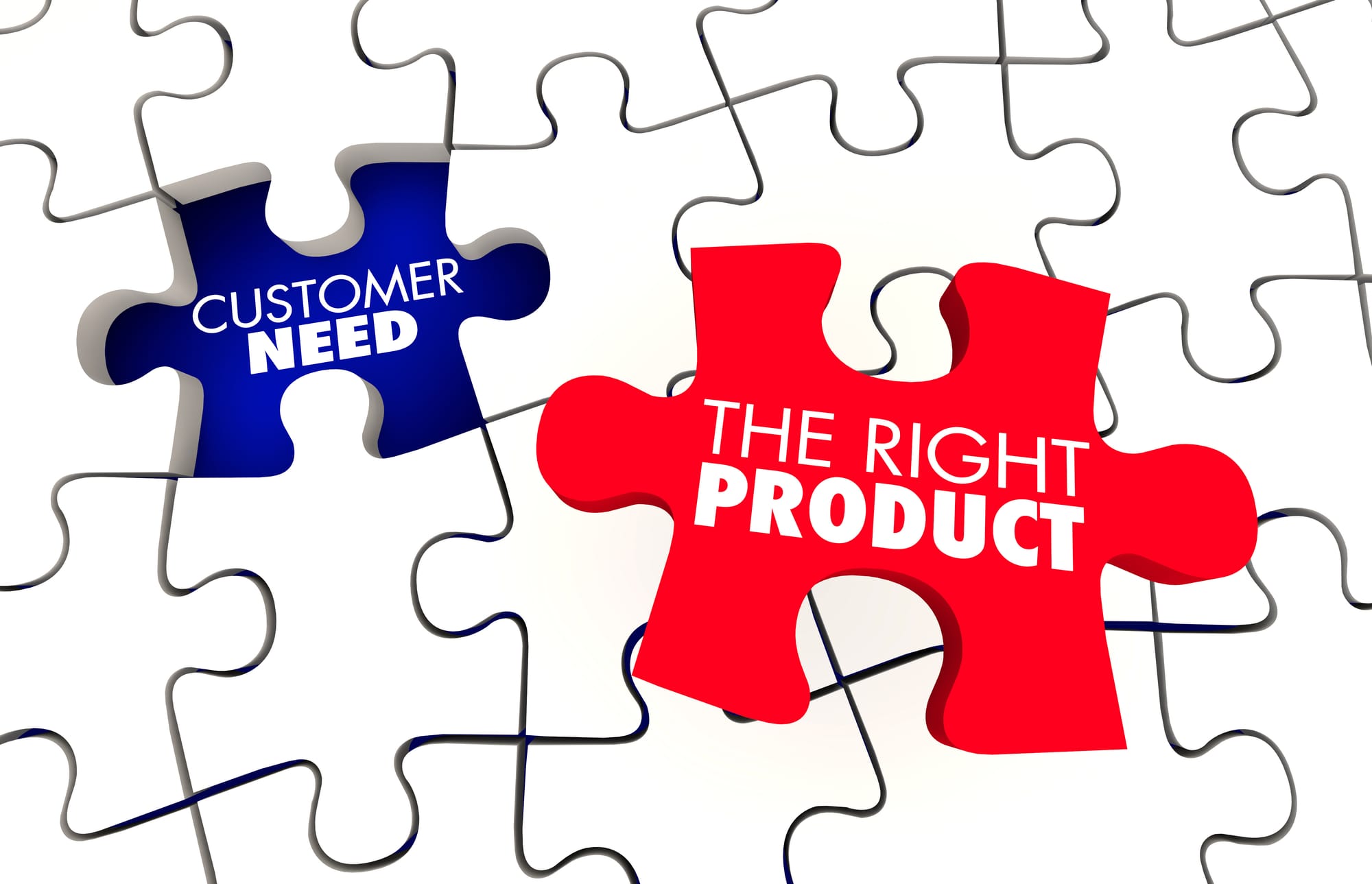
The result: Hundreds of successful brand launches and scale-ups — from food to fashion to wellness. We don't just "market" products. We coach founders on the fundamentals of building brands that resonate.
Core Lessons for Achieving Product-Market Fit
No matter your industry, product, or price point, the lessons are consistent:
1. Solve a Real Problem
Your product must address a pain point or desire in the customer's life. If you can't articulate what you fix, your customer won't either.
2. Understand Your Customer Intimately
Go beyond demographics. What do they believe? What frustrates them? What language do they use? How do they shop?
3. Differentiate With Meaning
Don't just be "better" — be different. Stand for something. Own a word, a movement, or an emotional benefit.
4. Launch Lean, Learn Fast
Don't overbuild. Get to market, gather feedback, and evolve. Product-market fit is an iterative process.
5. Use Marketing as Validation, Not Just Promotion
Your first few campaigns are not about sales — they're about testing. Let the market tell you what message sticks.
6. Simplify to Scale
Too many choices = decision fatigue. Keep SKUs tight until demand is apparent. We've seen brands 2X conversion rates just by trimming product variants.
Final Word: The Fit Comes Before the Funnel
At every stage of growth, from idea to scale, product-market fit is the foundation. Without it, no amount of advertising or influencer magic will save you. With it, even a simple product can explode.
My journey — from serving commuters healthy meals, to pioneering raw skincare, to challenging razor pricing norms, and now helping hundreds of brands through CrunchGrowth — has always centered on one thing:
Does this product fit a real person's life?
If you're building a brand, keep that question front and center. The art of product-market fit isn't a formula — it's a mindset, a process, and a discipline.
Phil Masiello is a veteran startup entrepreneur who has built such notable brands as The Daily Market, Raw Essentials, 800Razors and several other brands. Phil is a great brand strategist based in Baltimore City County, Maryland, USA. Phil is the Founder and CEO of CrunchGrowth Agency. 4x exit founder, 3x best-selling author, Podcast and TV Show host.
Reach out to Phil at CrunchGrowth by clicking the link below.
